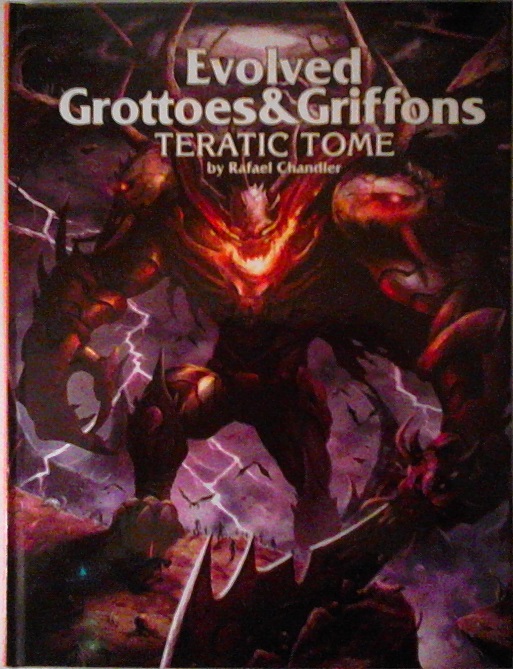
WHAT IS IT?
The Teratic Tome is a 118 page hardcover book written by Rafael Chandler and published in early 2013 by Neoplastic Press. My copy is from LULU and has a full color cover (hardback) and black and white interior. It is also available in pdf from Drive Thru RPG and is currently a PWYW (pay what you want) item so you can pick it up cheap (the average offering for this book is $4.93 at the time of this writing).
This is a collection of creatures written to be compatible specifically with the OSRIC rules (retroclone of 1e AD&D), but is really set up to work with any old school style fantasy RPG, from original D&D or Swords & Wizardry, through Basic D&D (or its clones Dark Dungeons and Labyrinth Lord), to 1e AD&D (OSRIC), and up through the more recent games like Adventurer Conqueror King, Shadow Sword & Spell, and For Gold & Glory. It would probably also work very well with Lamentations of the Flame Princess which already has its fair share of grotesque creatures, but can always use more.
I plan to use it in both my Basic D&D and D&D Next home games. It’s that good.
The hardcover has an orange spine that evokes the storied spines of 1e AD&D and looks nice sitting on the shelf next to those books. In fact – the spine isn’t the only thing meant to evoke the memories of 1st edition D&D books – the table of contents is a mimic of the 1e Monster Manual… see for yourself, Teratic Tome on the left, 1e MM on the right:
CONTENTS
The book wastes little time getting to the heart of the matter with only 4 pages dedicated to credits, notes on usage, and table of contents. We are then treated to 106 pages containing 90 new creatures, from the lowly Screak (1 Hit Die) to the Demon Abyzou (41 Hit Dice!!) (What do you expect – she’s the freakishly long-armed, cloven hooved, Queen of the Succubi who lives on the 216th layer of the Abyss – of course she will have many Hit Dice, but I digress…)
After the creature listings, the author provides two pages of encounter tables. The tables provide lists of Undead, Aquatic, and Unique creatures, as well as listings by level (1-10) which are the creature’s level, but I it take to also mean average party level suggested for a group that would meet these creatures. This is a very rough guideline for a GM, but is helpful.
This is followed by two pages of art credits, a page of advertisements, and then the Open Game License. The content (i.e. the text) in this book is, by the way, 100% open, so you can use it in your print products as long as you give credit to the author. The art remains property of the artists, though, so you would need explicit permission from them to use the art in your own product.
CREATURES
The creatures in this book range from merely scary to downright nightmarish to extremely creepy to solidly horrifying. And most of them provoke a mixture of all of those emotions when reading their descriptions and looking at the art. Most listings provide information about the history and origin of a creature, its habitat and feeding habits, its enemies and allies, and a host of other terrifying, memorable information. Let me highlight some of the ones I enjoyed reading:
The Acronical, the first creature detailed in the book, is one of my favorites, and is indicative of the entries in this tome. The description includes the scent of the beast:
“It reeks of vomit.”
Disgusting? Yes! But it immediately tells you something unforgettable about this beast.
On it’s chosen prey:
“It hunts married people who stray from the beds of their spouses, and it hunts those who fornicate with married people.”
It goes on to describe how it stalks its prey and then details a little more about who it is hunting:
“They stalk everyone who was peripherally involved in the duplicity — neighbors who turned a blind eye, innkeepers who knew what was going on, and so forth.”
After hunting and killing those, the Acronical turns its attention to the main targets:
“…will hunt the adulterers themselves. They will be captured, brought together, and given a chance to survive: a fight to the death, with the victor set free.”
Pretty nasty stuff. But the most horrifying part comes next:
“However, the creatures have no intention of living up to their end of the deal. After one [adulterer] has killed the other, the monster will amputate the victor’s arms and legs, then sing songs of love while the fornicator bleeds to death.”
The listing also provides tips on how to track the creatures, how it behaves in combat, its typical lair type, and a relatively detailed description of the creature (along with representative art).
Many creatures have specific types of prey that they hunt – usually prey are hunted for some depravity of behavior, or for some unjust action perpetrated, or some mental or emotional longing that the creature picked up on and is answering.
A good example of this is the Excruciator:
How it hunts:
“Using magic and stealth, the creature passes unnoticed through cities, observing the interactions of men and women until it has selected its quarry: a powerful person crippled by despair; surrounded by fawning attendants, yet without hope.”
There is much more to this entry, but it also gives a description of the creature’s motivation:
“Intelligent and spiritual, this monster does not think of itself as a predator. Rather, it regards itself as a liberator, a messiah, a benefactor. It seeks out those who have given up on life, and it offers them a moment of pure bliss, a way to find meaning and fulfillment. The Excruciator feels that this single (albeit fatal) pinnacle of sensation is preferable to a long and fruitless life, so it actually derives satisfaction from the happiness of others. Unfortunately, the only way that its victims can achieve this personal zenith is to tear themselves apart.”
The listing goes into more detail about how the creature goes about influencing its victims, but I’ve given enough to give you an idea of this psychic horror.
Not all creatures in the book are so horrific. For example, the Obsidian Giant (page 58) has an interesting backstory – they are elves who became trapped in the rocks in an effort to save their people. Their effort succeeded, but they were then banished and have gone mad.
Some items are even a bit whimsical. For example, the Gelatinous Pyramid is a dungeon scavenger created by halflings – it has blue eyes and is aware of its environment (unlike its square cousin). There are various named Demons and Devils, and several really cool new Dragons described in the tome. There are even some variant races of Halflings and Elves, an Aquatic Gnoll, and a Goblin Princess. All with flavorful descriptions and enough backstory to get you thinking about how it can be used in your current campaign. Some of the creatures strongly imply a setting event, but with only enough detail to work it into your own campaign, or not, as much as you choose.
There are also 2 new varieties of Owlbear: the Tufted Grizzly which is sort of a reversed OwlBear (see pic below), and the Kodiak Hooter which has interesting taste in treasure (mostly fabrics, especially enchanted ones).
ART
Which brings us to the question of art. The art in this book is extremely evocative of the old school – mostly line drawings, all in black and white. There are a smattering of pieces with extensive shading and a more new-school feel… though not really new school – the cover is about as new school as this book goes, and as you can see, it isn’t very new-school-ish. The cover is actually my least favorite piece of art in this product.
I have a hard time explaining what I mean, but there are no small people with HUGE weapons in this book. No giant spikey armor. There are lots of tentacles and lots of sharp teeth. Lots of skin, including exposed breasts – I count 14 images with exposed female breasts. (so not safe for children, but you probably already knew that from reading the quoted items above). Many very simple line-art pieces, but many complex and detailed pieces that still match the tone and feel of the old school.
Some of the art has been clearly influenced by real-world biology, such as the Damsel Stone (page 24, image on left), which looks very much like a real-world virus (image on right). This can be forgiven because the Damsel Stone happens to be very cool, and its shape and size fit exactly with its lifestyle and motivations.
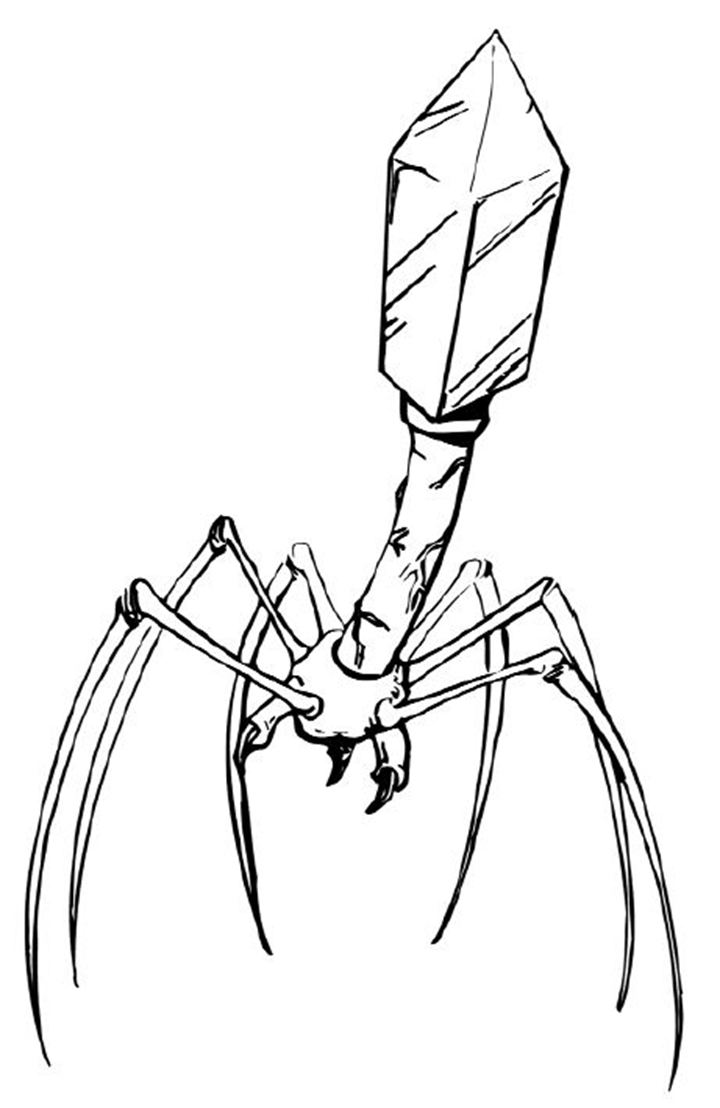
Here is a pic of the aforementioned Obsidian Giant – black and white, but so much interesting detail and texture on this one. And a very old school feel:
And then there is this image of Xolotl (page 34), an infernal advisor super-genius who betrayed his devil master… still old school, but relatively heavy on the shading and with a more polished feel than some of the old, simple pen and ink drawing of the original MM:
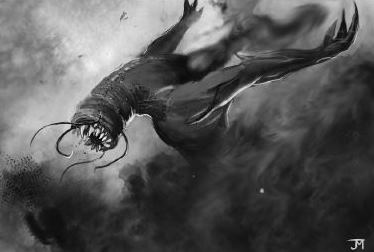
VERDICT
Creatures – This book offers almost 100 new creatures with interesting, and often grotesque, ecologies. They are formatted similar to the old 1e Monster Manual and can be used with a variety of old school fantasy systems. This book delivers the goods it promises.
This book is NOT FOR CHILDREN – I will reserve it for use with adults. Its not the bare breasts or the horrible tentacles everywhere – it’s the oppressive horribleness of the presented creature’s offensive psyches and terrifying, depraved habits. That’s not a bad thing, mind you, but it isn’t something that I would want to use in a game with middle-school aged kids – too deep and dark, with themes of perverted morals. For adults who like horror and depravity – wonderful! For kids – NO WAY!
Art – The art is great – very much to my liking. Then again, I love the old school art that is found in my old basic D&D and AD&D books. If you don’t like that kind of art, then this book will not offer you anything in terms of artistic inspiration for your game. If you don’t like the style, but can get past the art, this book is still worth it.
Production Quality – Very good. The pdf is crisp and clear and bookmarked. The hardcopy is nicely bound and the pages are well formatted. The layout is very easy to read and there are few typos or grammatical errors.
Price – It is hard to beat the price-tag on this item. Pay What You Want means that you could choose to pay $0. I bought the hard cover and then paid nothing for the pdf. If I was only getting the pdf, I would have kicked in at least $5 and I recommend you put in at least a couple of dollars – the author deserves it!
Overall – This is my favorite purchase of 2013, hands down. If your players know all about the typical D&D/fantasy creatures and you don’t have time to come up with new and interesting creatures, this book will be perfect for you. Even if you don’t favor some of the more grotesque/horrific themes there is enough here to get your imagination going full speed. As I read through these creatures, more often than not, I was imagining whole quests around specific creatures (or the creature’s prey), and often I was inspired to add some tidbit of background or historical context to my own campaign world.
TL;DR Go Buy This Book!!!!!!
If there is anything you would like to know, that I haven’t covered, please feel free to ask!
Thanks for reading! And until next time – I wish you good gaming.

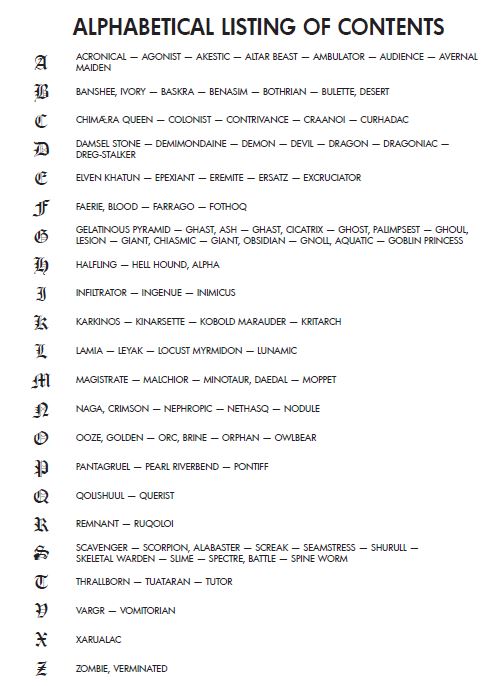
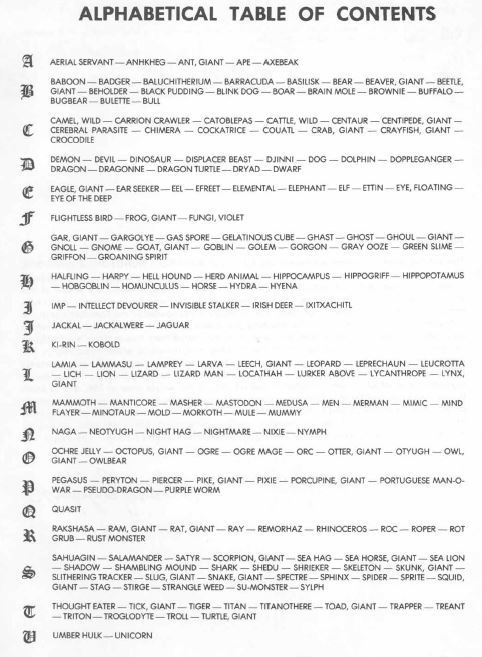

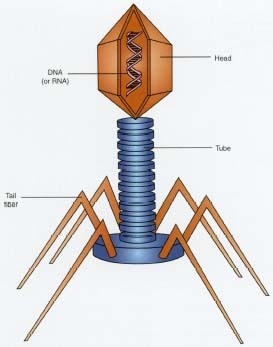
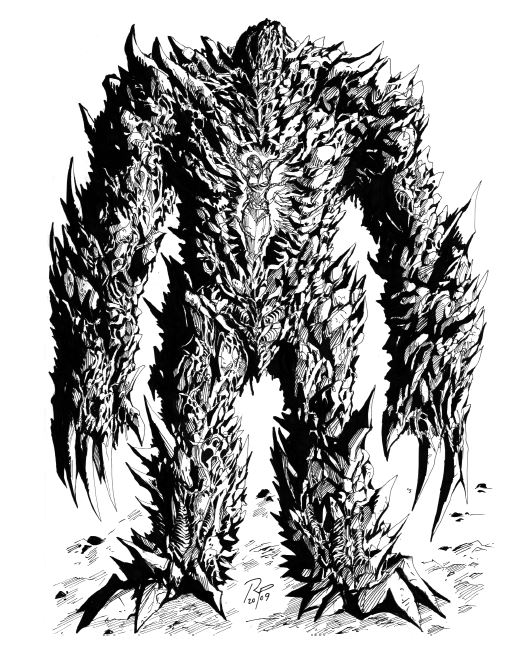
Thank you so much for the kind words about Teratic Tome! This review means a great deal. May your players’ characters suffer grievously!
Wow – Thanks Rafael! I’m a huge fan and am honored that you have read my review!
Oh yes… my players’ characters are going to suffer untold horrors and they have no idea what’s coming!